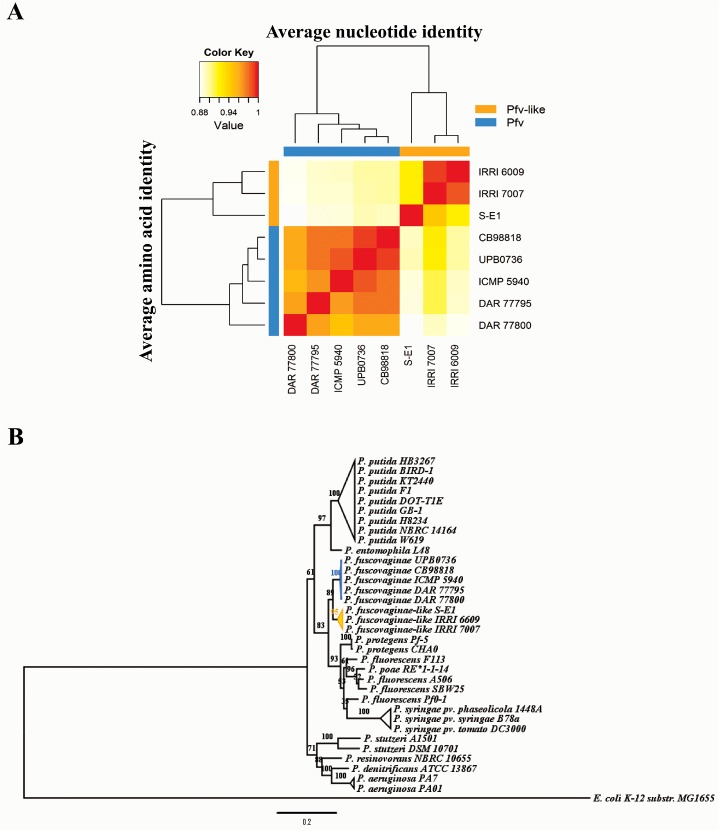Fig 2. P. fuscovaginae-like (Pfv-like) strains are closely related to P. fuscovaginae (Pfv).
A) Average nucleotide identity (ANI) and average amino acid identity (AAI) clustering analysis of the eight rice-infecting Pseudomonas draft genomes. Clustering analysis identified two separated groups involving Pfv-like strains (orange) collected in the Philippines and Pfv strains (blue) collected elsewhere. Values scale is depicted in red, orange, yellow, and white colors in ANI (horizontal) and AAI (vertical) pairwise comparison. Value cut-offs with >95% reflect the possibility of same species grouping. The heatmap was generated in the R package gplots using the heatmap.2 function. B) Phylogenetic reconstruction of rice-infecting Pseudomonas and closely related Pseudomonas species using the concatenated housekeeping rpoB and rpoD. Maximum likelihood was used to infer the phylogenetic relationship with bootstrap of 1000 using the RAxML software [61]. Pfv and Pfv-like are highlighted in blue and orange, respectively.

